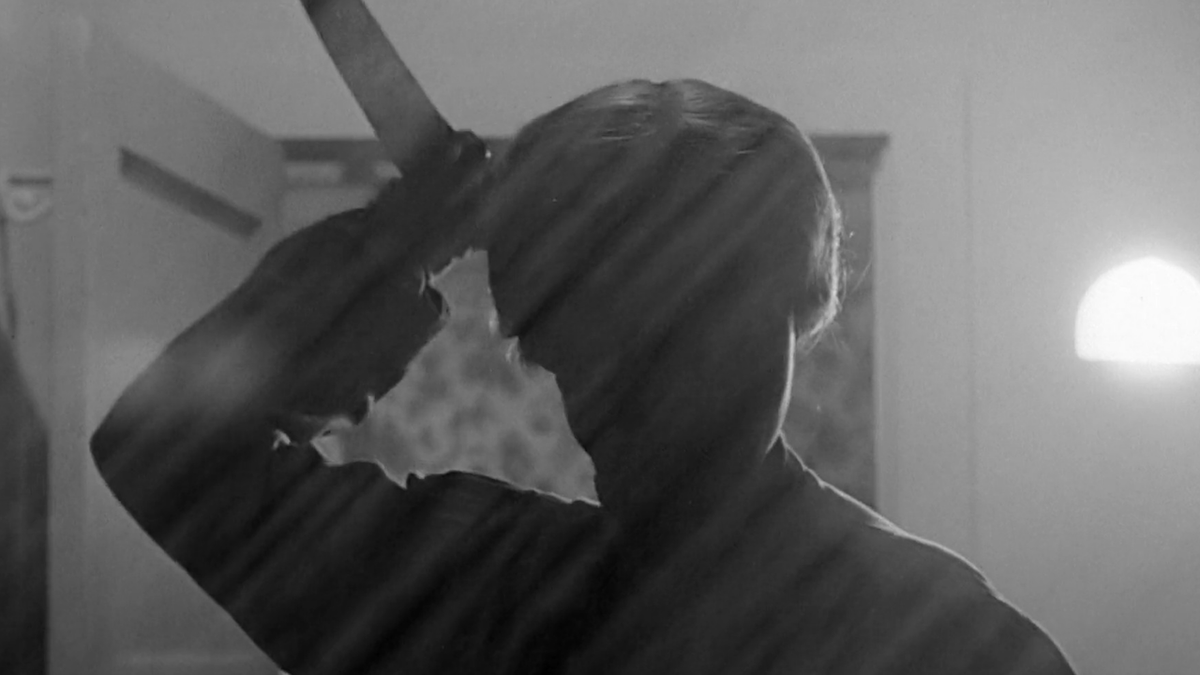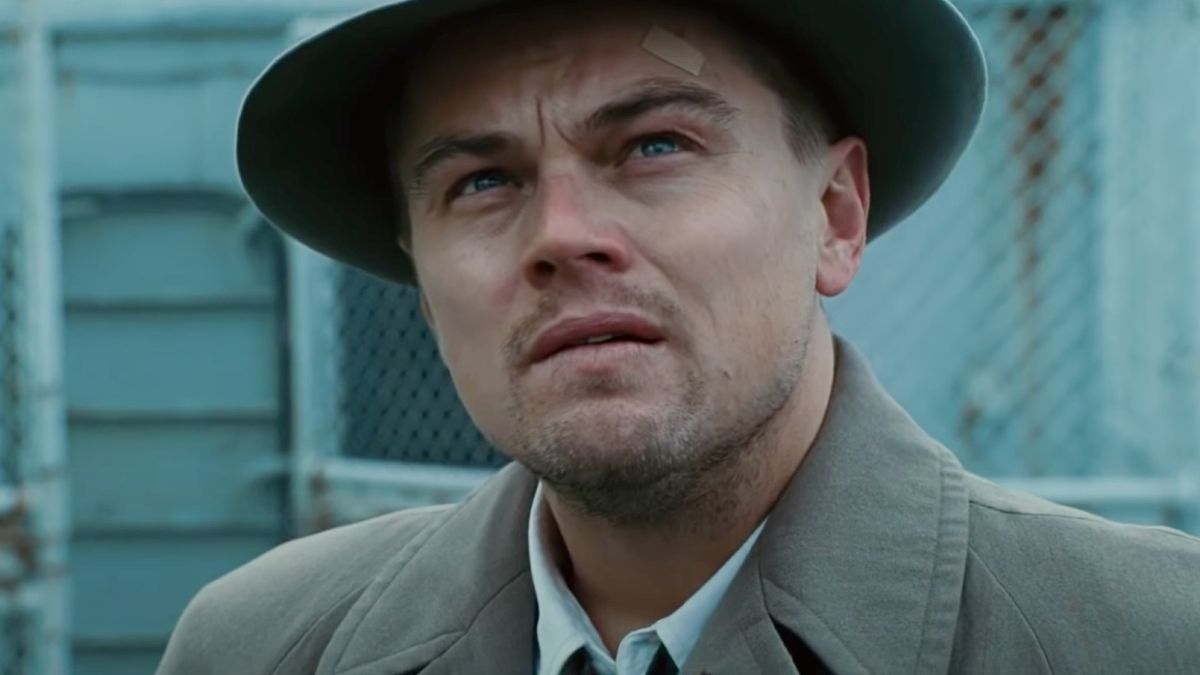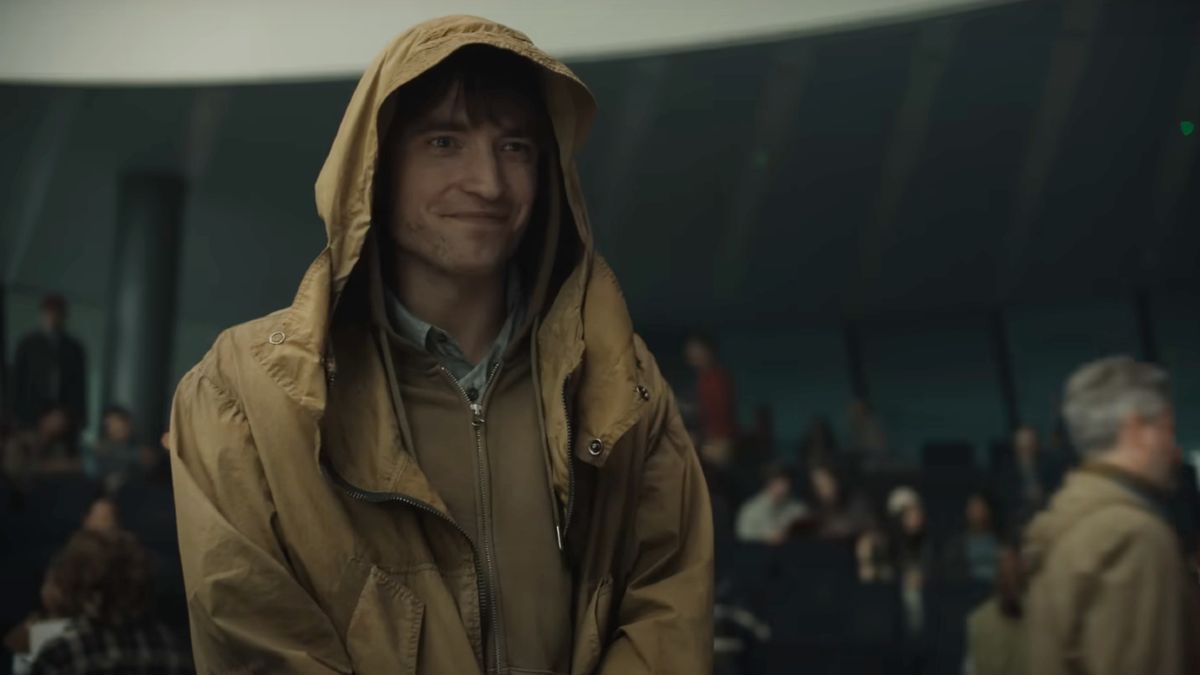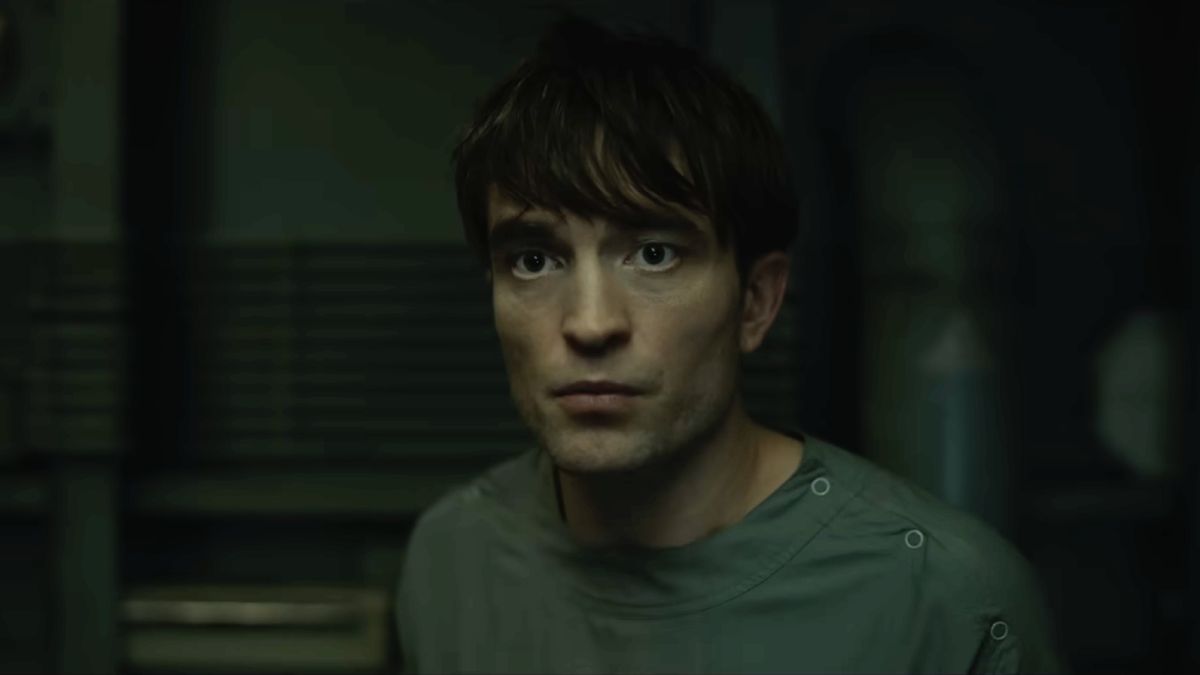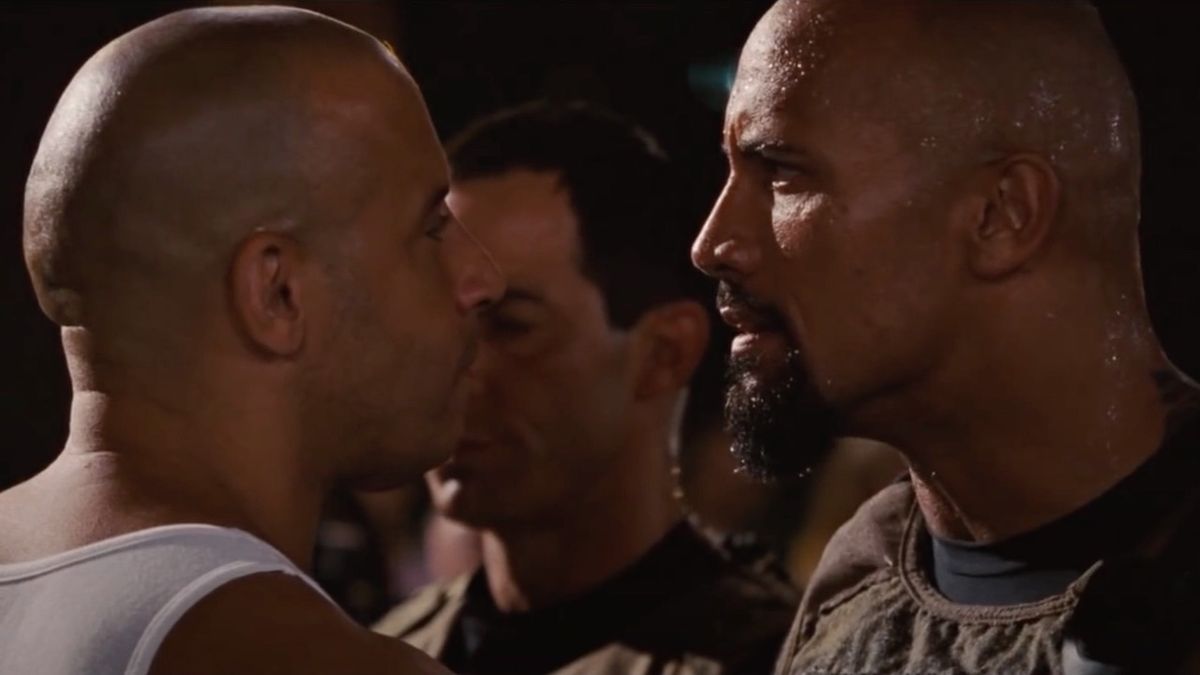I Watched Psycho For The First Time And The Moment I Loved The Most Wasn’t The One I Expected
SPOILER WARNING: The following article takes a deep dive into two of the most pivotal moments from Psycho, so unless you have not seen it yet or, miraculously, managed to avoid knowing anything about the story in the 60-plus years since its release, proceed with caution as you read on.
At the moment I am writing this, I am 31 years old and it was only a few weeks ago when I finally saw the 1960 classic, Psycho, in its entirety for the very first time. As a die-hard of the genre, I am not at all proud to admit that it took me this long to watch one one of the greatest horror movies of all time but, in my defense, with how often its most shocking moments have been spoiled for me, I was afraid of how that might affect my experience. Luckily, I ended up adoring the movie but, perhaps, not for the typical reasons.
For instance, the suspenseful thriller’s single most iconic and influential scene — I know I do not even need to describe it for you — was not the moment that had the strongest impact on me. I can explain why, but first allow me to discuss my true favorite scene from, arguably, Alfred Hitchcock’s best movie and why I have “gone mad” for it.
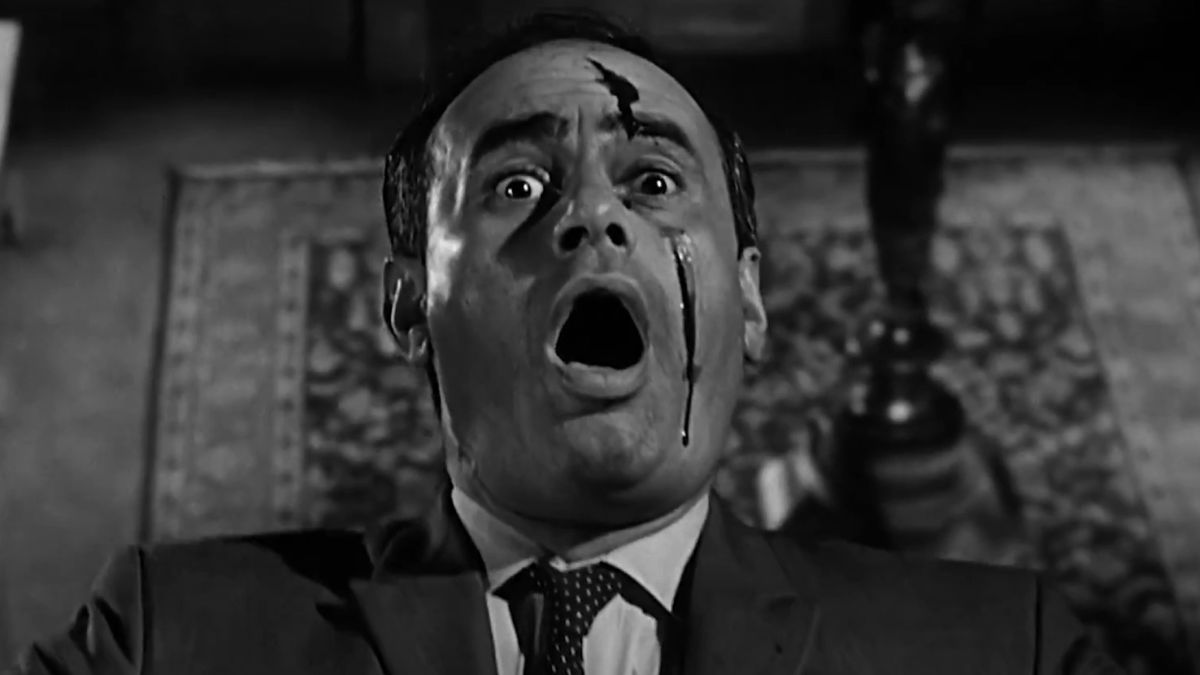
Abogast’s Death Scene Is My Favorite Moment
In Psycho, there are only two victims claimed by, as we discover at the end, Norman Bates (Anthony Perkins, whose son, Osgood Perkins, wrote and directed Longlegs and other thrillers). The second kill is that of Detective Milton Arbogast (Martin Balsam), whose investigation into the disappearance of Marion Crane (iconic Scream Queen Janet Leigh, whose daughter, Jamie Lee Curtis, starred in horror films like Halloween) leads him to the Bates Motel.
Unfortunately, it becomes his final destination after suffering a slash to the face, which cause him to fall backward down the main staircase of the Bates’ home. After he lands on the floor, Bates (dressed as his mother) runs down the steps to deliver a series of stabs, sealing Arbogast’s fate.
I realize why this scene is not as famous as some of the other haunting horror moments from Psycho, but I think it deserves to be. I have never seen a kill in a horror movie shot as uniquely as Arbogast’s stairwell fall, during which the camera remains close on his shocked and bloodied face as he descends closer to the ground. It is such a terrifying and even hypnotic visual, complemented wonderfully by Bernard Herrmann’s unmistakably shrill score, that I have not been able to stop thinking about since.
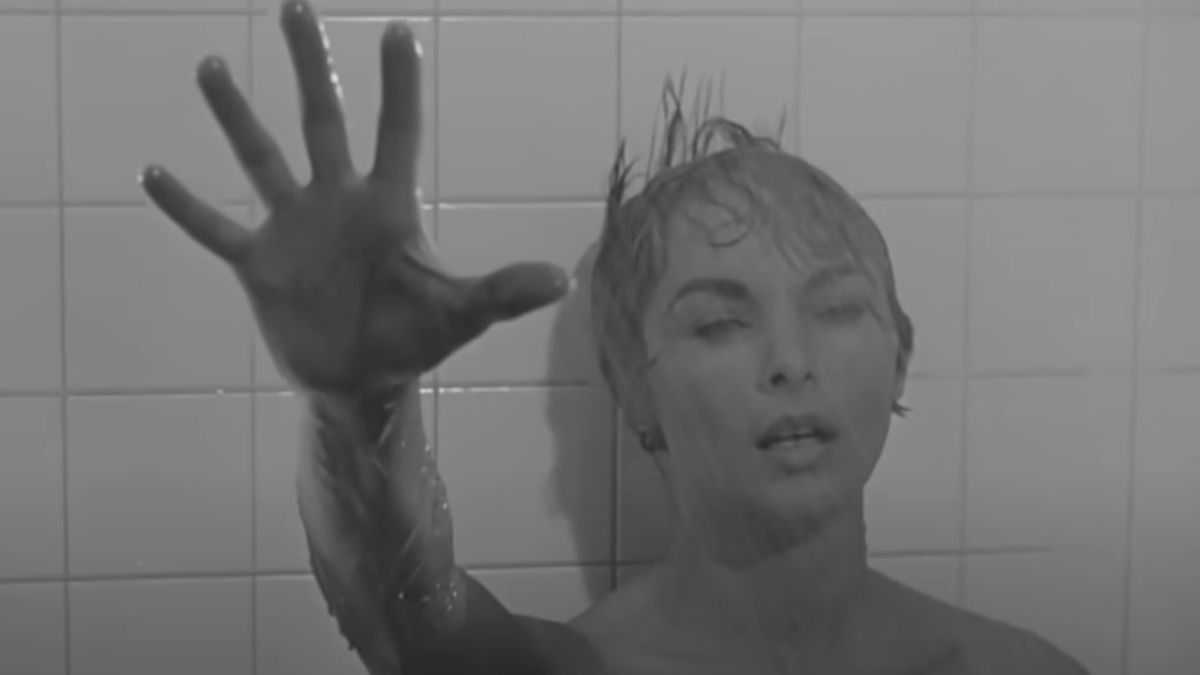
My Thoughts On The Iconic Shower Scene
I also completely understand, and even agree on, why Marion Crane’s death — via stabbing while taking a shower in her Bates Motel room — is the most famous moment in Psycho. I imagine that seeing the assumed protagonist murdered in cold blood halfway through the film had quite an impression on audiences in 1960, unless they ignored Alfred Hitchcok’s stern warning to see it from the very beginning and not a second later. Not to mention, Leigh’s admission to Woman’s World that she only preferred baths for the rest of her life makes the scene all the more remarkable.
However, I suppose it was because I had seen this moment several times, and also seen enough funny spoof movies poke fun at it, that it did not have such a strong impact on me. There are many things I still admire about it, especially the slow zoom in on Marion’s blood running down the drain transitioning to a zoom out from her lifeless eye. Yet, I also have some personal reservations, particularly the quick editing, which I have never been a fan of.
Still, there is no question why this scene is so important and beloved, which is why I wish it had not been spoiled for me so early in my life. I suppose seeing the most recognizable moments from cinema’s most esteemed classics is inevitable at this point, especially after more than 60 years.
Overall, taking all of its inner workings and history in account, I think that Psycho is one of the greatest psychological thrillers I have ever seen in my life. Even knowing Marion’s fate, I was still fully invested in her story and the twist of Norman’s dual personality (the other being his deceased mother) was still fascinating to hear explained. It was also fun to catch a few retroactive Easter Eggs, like John Gavin’s Sam Loomis having the same name as Donald Pleasance’s character’s name in the Halloween movies.
I guess it just goes to show that a movie does not necessarily live or die by its surprises if it is good enough, and I think Hitchcock would be happy to know that Psycho is, in my opinion, one such film.

